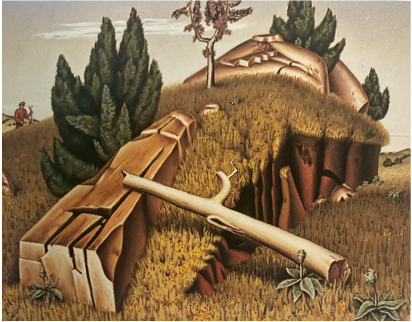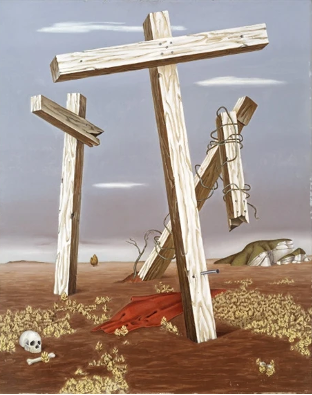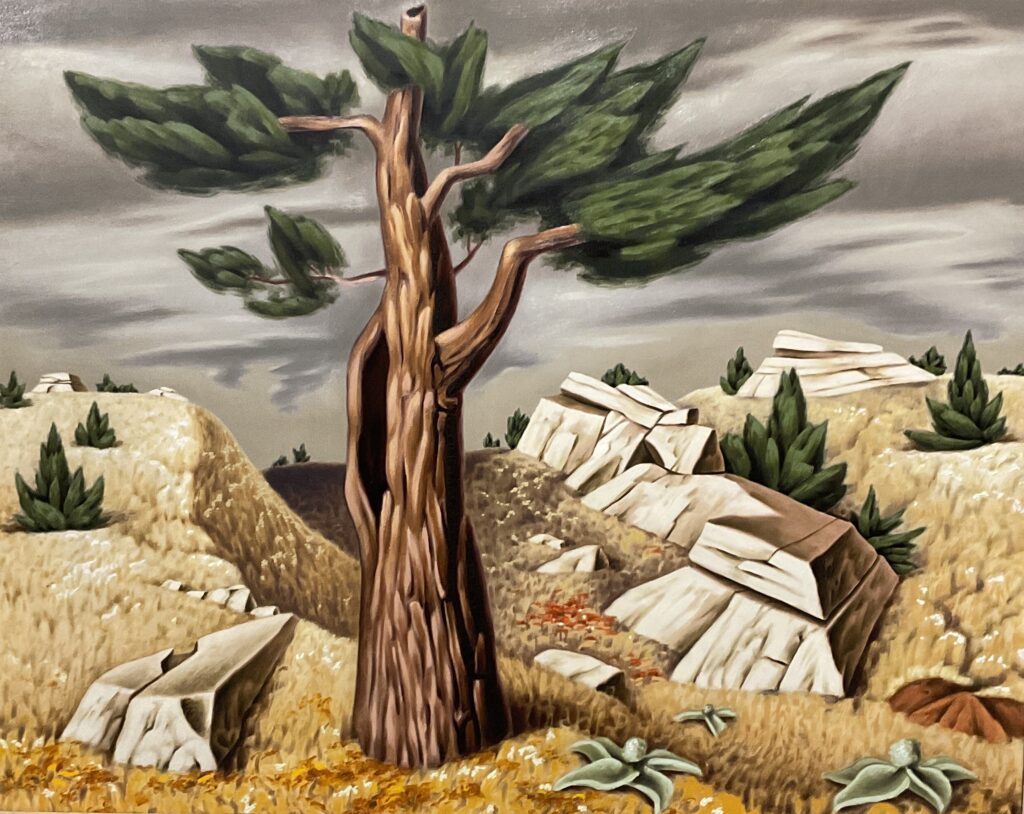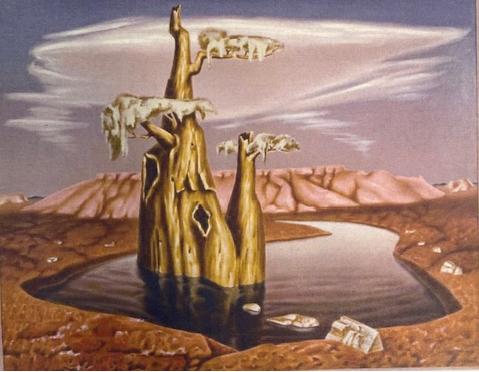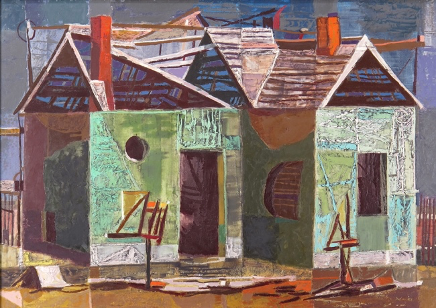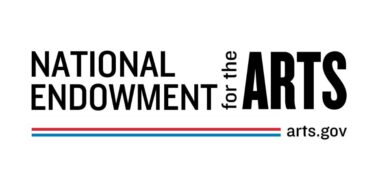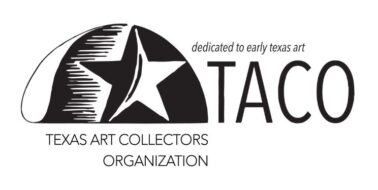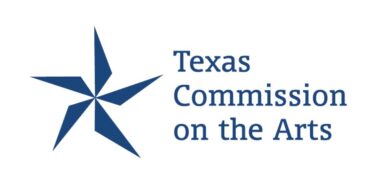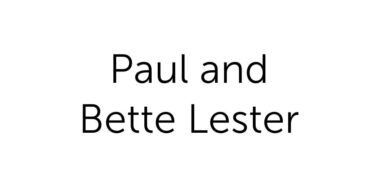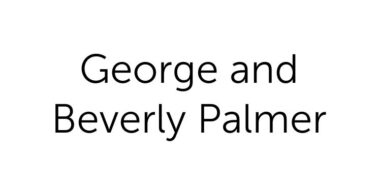William Lester: True to Form
This long overdue solo exhibition of the art of William Lester (1910-1991) will include drawings, paintings and prints from private and public collections ranging in date from 1930-1970 to examine the unique and visionary artwork Lester created during his career as a draftsman, painter, printmaker and art educator. The arc of Lester’s lifetime pursuit of “a personal style of expression” will be the overall theme of this retrospective exhibition.
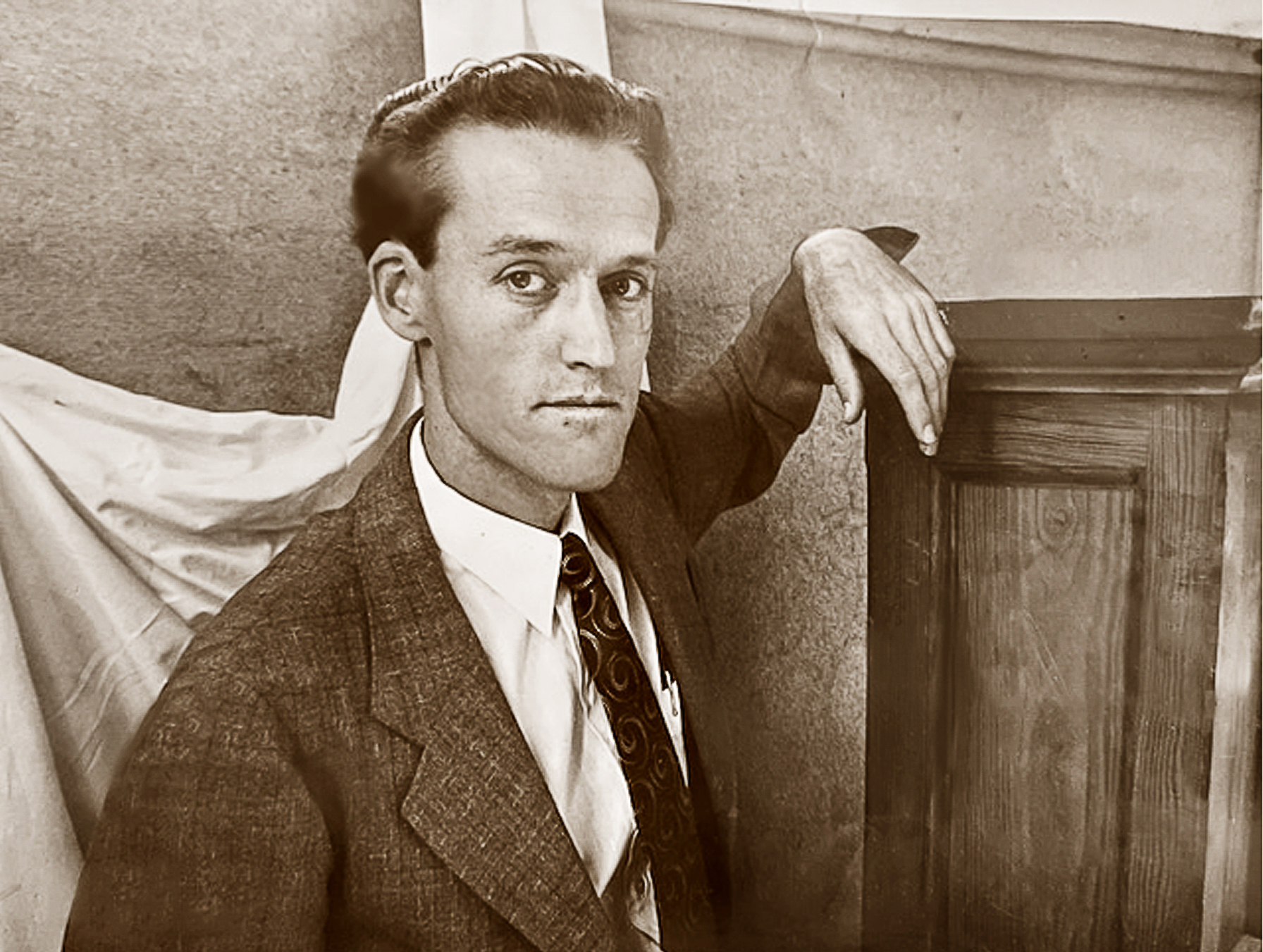
“Neither the intellect nor the emotion can work alone to produce great art. Both are needed if an artist is to maintain a balance. The struggle between emotion, intellect and realism emerges as a move toward forging a personal style of expression.”
– William Lester
William Lester Lewis came of age between WWI and the Great Depression, a time when a successful art career was an unlikely prospect for a young man born in rural Graham, Texas. He became a successful artist during a challenging period when American artists struggled between resisting and embracing conflicting art movements as well as the financial hardship. During the Great Depression, artists were inspired to create personalized visions of their own time and place by art critics such as John Dewy, George Santayana, Constance Rourke and Holger Cahill who challenged American artists to draw inspiration from their surroundings instead of following European trends.
In 1933, the Sixth Annual Allied Arts Exhibition in Dallas was attracting local artists with 31 purchase prizes to be awarded, 234 works of art were accepted out of 525 entries. Among the artists accepted was a 23-year-old newcomer, William Lester. This was the beginning of a long and successful career as a major American artist who contributed his own vision and acumen to the definition of Texas art and the arc of Regionalism’s extension into Modernism. In the 1930s, he was given a solo show at the Joseph Sartor Art Galleries and was an active member of the Dallas Artists League. During the financial hardships of the Great Depression, he executed 2 PWAP murals in Dallas area public schools and joined the Civilian Conversation Corps as a staff artist and spent 6 months sketching and painting in Texas at Palo Duro Canyon and Fort Sill, Oklahoma. In 1936, Lester’s paintings were exhibited at the Texas Centennial. In 1938, he joined the Lone Star Printmakers, organized to sell lithographs by group members through an annual circuit of locations. Lithographic prints on paper cheaper to produce and transport than paintings were presented for sale at affordable prices.
His work was highly praised and included in the New York World’s Fair and Golden Gate Exposition in 1939. In 1940, he began teaching at the Dallas Museum of Fine Art and was given a major solo show at the museum. He was awarded numerous regional prizes and purchase awards in the 1940s. In 1942, he moved to Austin to join the fledgling art department at the University of Texas, retiring professor emeritus in 1972.
When questioned about his art education, Lester stated that he considered himself to a self-taught artist due to his lack of formal academic art training which was not available in the Southwest at the time. He acknowledged his art training was by experience with artists Thomas Stell, Jr., Alexandre Hogue, Otis Dozier, Jerry Bywaters, Harry Carnohan, Perry Nichols, and older artists Frank Reaugh and Edward Eisenlohr, who considered Lester a peer.
In the 1940s, Lester first exhibited at the Abilene Museum of Fine Art (now The Grace Museum) and his paintings, prints and drawings from public and private collections have been exhibited in group exhibitions as recently as 2018. Nationally, Lester’s artwork has been included in numerous exhibitions featuring Texas Regionalism alongside of work by Alexandre Hogue, Olin Travis, Everett Spruce, Jerry Bywaters, Otis Dozier. William Lester is typically mentioned in reference to his associations with the University of Texas Austin Art Department, The Dallas Nine, Lone Star Regionalism, and Texas Modernism and he is frequently mentioned by association with other artists. In the 46 years since William Lester’s last solo exhibition, much has been written and featured about his colleagues’ accomplishments. A timely reexamination of the impact and scope of Lester’s prodigious career as an individual artist is long overdue. This solo exhibition is curated in recognition of his realized goal of creating “a personal style of expression.” William Lester’s recognizable personal style of expression was not static. His personal style developed over fifty years of dedication and judicious artistic experimentation always responding to lived experience and the sanctity of the artist as a creative individual.
